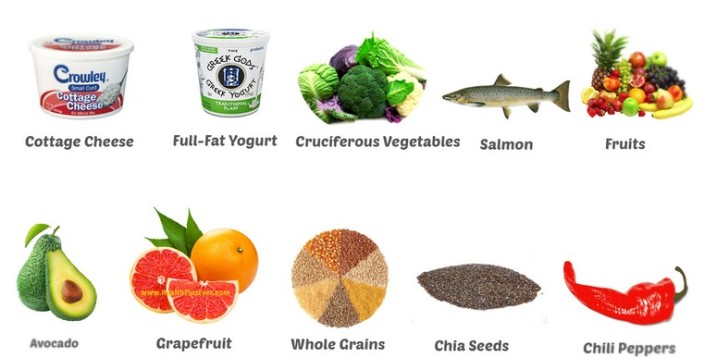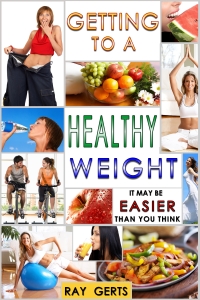I REBLOGGED THIS POST FROM A WEBSITE I READ CALLED NO-BRAINERFITNESS.COM. THE AUTHOR NAILED THIS. WHY CAN'T MORE PEOPLE SEE WHAT THEY DO TO THEMSELVES?
TAKE A GOOD LOOK AT FUTURE YOU
Is it because we are too lazy? Not disciplined enough? Unable to stay motivated?
If you’ve read my most recent post, you know those are essentially the questions we were left with at the end. Because we have all the evidence we need about why we should exercise.
If you’ve read anything else on this blog in the past, you know the answer is not in motivation or discipline, two strategies that will fail you eventually, or drive you (and many around you) nuts.
It is pretty clear that only the strongest Purpose can keep us going in the long term. Yet for most this sense of Purpose remains elusive.
So while it seems we have tendency to be lazy, the truth is slightly different. You could say we are “wired” to be lazy, to economize our efforts, and only the strongest of wills can hold firm on their self-commitments.
By the way, this is not a figment of my imagination, or some wild theory I just came up with. It comes from research in behavioural economics, which others could probably explain better than I can.
But I’m going to explain it to you in my own words. With the help of visuals from a really good talk I recently watched on YouTube. (Even if you think you don’t have time, if you are serious about understanding fitness and long-term health, you should be watching that talk. After reading this post.)
The Truth
Most of us have a strong discounting rate when it comes to our “Future Selves”. (That’s a term borrowed from economics, and it is highly accurate in meaning. However, most of us are not bankers and economists, thankfully. So…) To put it more simply, I hope, the problem is as follows: when you think about the way Future You will be, the possibility of a healthy and active Future You is not seen as important enough because it is too far into the future.
Even though you want to be healthy and fit (who doesn’t?), the Future You is too remote, too distant, too hard to see clearly. The present, and very near future, occupy all that your mind can really consider and act upon. No, I’m not saying we live only for the present, but we have a strong bias in favour of the short-term instead of the long-term.
Those of us who have a much stronger Purpose typically enjoy a stronger sense of that Future Self. In essence, to them it is easier to keep their eyes on the prize. (Back to our economics/finance terminology, a stronger sense of the Future You comes from having a much smaller discounting rate). In other words, a strong Purpose can be understood as considering the distant future as equally important, or even more important, than the present or near-future.
Let’s see how this works
Look again at the image at the top of this post.
You have two pictures of Future You: one that is healthy and fit, and one that is frail and, probably, suffering from some illness(es). The road to each Future You is a series of short-term actions, choices that happen everyday, with their specific consequences:
Although there is no absolute certainly about the outcome, we know for sure what the odds are:

Take a good, hard look at those two Future You. Can you see them well? Which do you want to really be Future You? I bet I know.
So what happens? Why is it still not a complete no-brainer to exercise regularly?
Well, each of us considers those futures against the present. It is a decision process in which you pit Present You against Future You. At least in terms of enjoyment:
Conversely, if the Future You is clear enough, and important enough, your choice would be otherwise:

If Future You is “important” enough in your mind, you will act accordingly. Most of the time. Well, often enough.
That’s basically it. How well you can see Future You, and how you manage to keep Future You in mind on a daily basis, influences how you behave. How much you are eager to exercise regularly.
This works whether Future You is simply a healthy and active Old You, or an incredibly fit and muscular Two Years From Now You, or Winning A Race in 6 Months You. Future You is what you envision yourself to be like at some point in the future. Personally, the only Future You I think is truly worth having in mind, having as a Purpose, is Healthy And Active Old You. Which should make You exercise regularly, and in a reasonable way…
Future You, which becomes the source of your Purpose, is not the only contributing factor to exercising regularly, as we’ll see next time. But it is a necessary beginning. Without it, you must fall back on motivation, or worse, on discipline.
The good news is that you can improve how Future You influences Present You. You need to look at Future You regularly.
So keep a picture of Future You where you can take a good look at it everyday, just as you head out to exercise…
I write several blogs and e-books, check out some of my other sites.
If you really want to lose your body fat than look for my e-books at the websites listed below. You'll get information on Healthy eating, exercise, and diet. Instead of spending hours on the internet reading dozens of posts, you can save time by picking up one of my e-books.
There are two e-books. “How Bad Do You Want To Lose Weight?” is available at all the online bookstores selling for $1.99. Go to any of the websites below and search the title to find my e-book. This book gives you all you need to lose weight without spending money on gym memberships, diet plans or meal plans. Look for my book. at Amazon.com, B&N.com, iBooks, Kobo.com, Scribd.com, or Gardner Books in the U.K.
My new e-book is available on Smashwords.com, just type “getting to a Healthy Weight” in the search box at the top of the home page.









/about/GettyImages-165562928-567adfe63df78ccc15555c85.jpg)
/about/GettyImages-91559463-567ae03a3df78ccc15555ca1.jpg)
/about/GettyImages-172674777-567ae1463df78ccc15555d4a.jpg)
/about/GettyImages-155358161-567ae1895f9b586a9e8c05b8.jpg)
/about/GettyImages-184302084-567ae2765f9b586a9e8c0638.jpg)
/about/GettyImages-AA026368-567ae37b5f9b586a9e8c133f.jpg)
/about/GettyImages-532878345-56a5b7a55f9b58b7d0de1a15.jpg)
